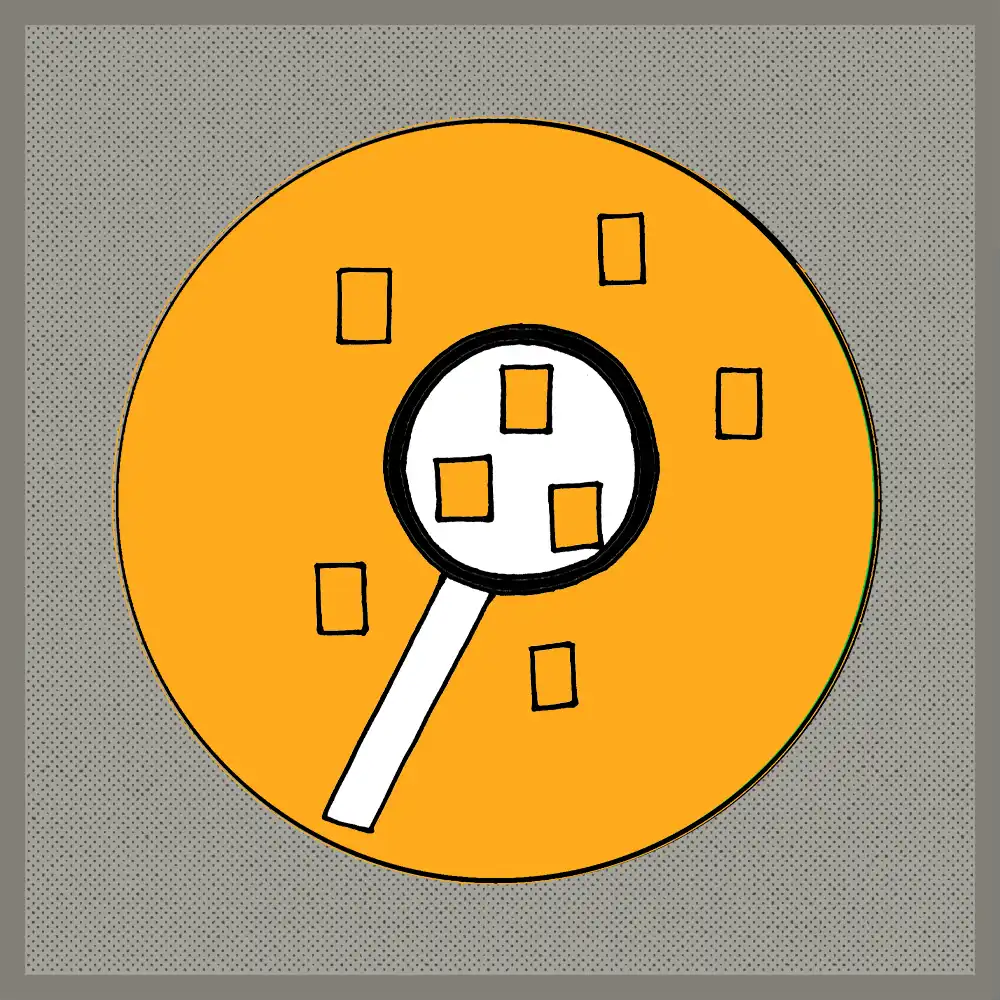WYSIATI – What Is It?

What is the WYSIATI bias?
WYSIATI is possibly the world’s most awkwardly-named cognitive bias. It stands for What You See Is All There Is. It was named by Daniel Kahneman who, although a brilliant psychologist, clearly had much to learn about branding.
The concept of WYSIATI is featured prominently in Kahneman’s book Thinking Fast and Slow. It refers to the mind’s ability to automatically spin a coherent explanation out of even the most insufficient information.
No matter how little information is available or how poor quality that information may be, the brain has no problem whipping up a compelling narrative that feels totally plausible (at least to the owner of that brain.)
Where Does WYSIATI Come From?
WYSIATI is an artifact of the automatic processes of the mind, what Kahneman would call System 1. This massively powerful crunching of information happens outside of our conscious awareness and is delivered with rapid fire precision. But like many System 1 outputs, the result itself is often not very precise.
WYSIATI in Action: A Quick Example
Let’s say I describe a person to you, one adjective at a time.
I say, “Madam X is strong.”
Instantly, your mind forms a rough image of who she might be.
Then I add, “She is driven.”
Now your impression sharpens. You feel that you understand this person in just two pieces of information.
Finally, I say, “She is ruthless.”
Just like that, your mental image shifts again—without any deliberate thought or reflection. Not even a “recalculating” from your mental GPS.
Your brain didn’t pause to question the accuracy or completeness of this information. It simply spun a story. This is WYSIATI at work: immediate, compelling, and completely unconscious.
The Role of Associative Coherence
At the heart of WYSIATI is a phenomenon called associative coherence. It is the mind jumping to a conclusion based most often on insufficient evidence. The mind judges how compelling an explanation is based on well the individual pieces of information fit together, not on how accurate or complete those pieces may be.
Why WYSIATI Matters in Everyday Life
The problem with this cognitive bias is not that we make up a story from a small sample of events, a story can be as short as a single cause and effect.
The problem is the way that this flimsy, barely connected narrative feels solid and convincing. As long as the information seems to fit together well, we never notice how much is missing or how poor the quality of that information may be. This mental shortcut allows us to effortlessly build compelling stories out of smallest fragments of reality.
This is why flimsy stories built from gossip, rumor, or stereotypes can feel just as convincing as those based on hard evidence—unless we pause to think critically.
How to Protect Yourself From WYSIATI
The solution to WYSIATI is to slow down and shift into what Kahneman calls System 2, the deliberate low gear of your mind. While System 1 gives you the fast answer, System 2 questions it, demands evidence, and looks for what might be missing.
Take time to reflect:
- What information is missing from my story?
- How reliable is the information I am using here?
- What other explanations might I be overlooking?
Related Concepts
✅ Associative coherence
✅ System 1 and System 2
Mentioned in
✅ Episode 009 – Cultivating Gratitude: Overcoming Cognitive Biases for a Happier Life
✅ The Science of Gratitude: How to Overcome Negativity Bias & Cultivate Appreciation
✅ How to Cultivate Gratitude: Key Insights and Practical Steps for Daily Life
References
*️⃣ Winerman, L. (2012). A machine for jumping to conclusions.
*️⃣Daniel Kahneman, (2011). Thinking Fast and Slow.
*️⃣3 Surprising Ways WYSIATI Causes Undue Hate | Daniel Stone, PhD | TEDxJacksonville – YouTube

Brent Diggs is not an expert. As a video producer, humorist, compulsive reader, ex-marine, writer and performer, he is a generalist with a strangely broad set of interests, experiences, and skills. He is passionate about cognitive bias, social psychology, and all the irrational forces that convince us we are rational. His work has been featured in The Ominous Comma, Mind Over Memphis, and over 1400 product tutorials.
Oh yeah, he’s also the host of the Full Mental Bracket podcast.